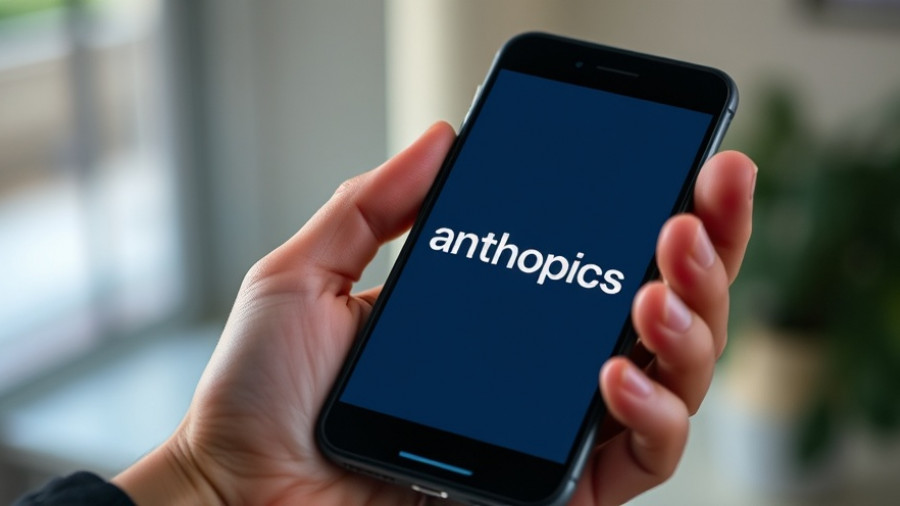
OpenAI and Jony Ive: The Future of AI Technology
OpenAI, the innovative artificial intelligence company, has recently partnered with renowned designer Jony Ive to bring a new AI device to life. However, the collaboration is facing unexpected hurdles. As reported by the Financial Times, the two entities are experiencing technical difficulties in engineering a compact, palm-sized device designed to operate without a traditional screen. Using advanced sensors, cameras, and microphones, the device aims to create a more interactive and responsive user experience.
Understanding the Challenges Ahead
The technical challenges primarily revolve around the complexity of the device's software, the protection of user privacy, and the substantial computing power essential to run OpenAI's increasingly sophisticated models. Additionally, striking the right balance between the device's personality and its interaction style has emerged as a sticky issue for developers. These hurdles are indicative of the high standards associated with both OpenAI and Jony Ive, as well as the ambitious nature of the project.
Why This Device Matters
The implications of this development extend beyond mere technical achievement. As AI continues to advance, how we integrate it into our daily lives becomes crucial. This device could mark a significant shift towards more intuitive and accessible AI. Its development is closely watched, especially as OpenAI has expanded its hardware team, recruiting talents from Apple and Meta, and collaborating with contract manufacturers in China. This growth indicates OpenAI's commitment to establishing a competitive edge in the burgeoning AI hardware market.
Potential Impact on Society
The introduction of an AI device that responds to its environment and user behavior points to a future where AI is seamlessly integrated into our everyday routines. As we advance towards more adaptive technologies, ethical considerations become paramount. How we handle privacy and data protection will significantly influence public trust and acceptance of AI devices. OpenAI and Ive's work in this regard could serve as a benchmark for future AI endeavors.
Future Predictions: Where Does AI Go From Here?
With the rapid acceleration of AI technology, we can envision a future where devices not only understand our commands but also intuitively anticipate our needs. This evolution is not without its criticisms. Questions about dependency on technology, privacy infringements, and potential job displacement loom large. However, as OpenAI navigates these complexities with the launch of their AI device, it could pave the way for a new era of responsible AI deployment.
Examining Diverse Perspectives
While many are excited about the possibilities of this AI device, there are notable counterarguments. Critics often highlight the pitfalls of unregulated AI expansion, fearing a future where human agency diminishes. Thus, stakeholders in this project, including OpenAI and Jony Ive, must ensure that technological advancements align with ethical frameworks that safeguard societal well-being.
Actionable Insights: Embracing the AI Revolution
For enthusiasts and skeptics alike, staying informed about developments in AI technology is vital. The journey of OpenAI and Jony Ive serves as an opportunity to engage in dialogue about the future of AI. By participating in discussions, attending workshops, or reading expert analyses, individuals can better understand both the technology’s potential benefits and challenges.
Conclusion: The Road Ahead
As OpenAI and Jony Ive continue to refine their ambitious AI device despite technical setbacks, their efforts reflect the dynamic landscape of AI advancements. It's essential for AI lovers to remain attuned to these developments, as they signify not just technological change but profound societal shifts. Engaging with these topics can lead to more informed opinions and a greater understanding of how AI influences our world.
 Add Row
Add Row  Add
Add 




Write A Comment